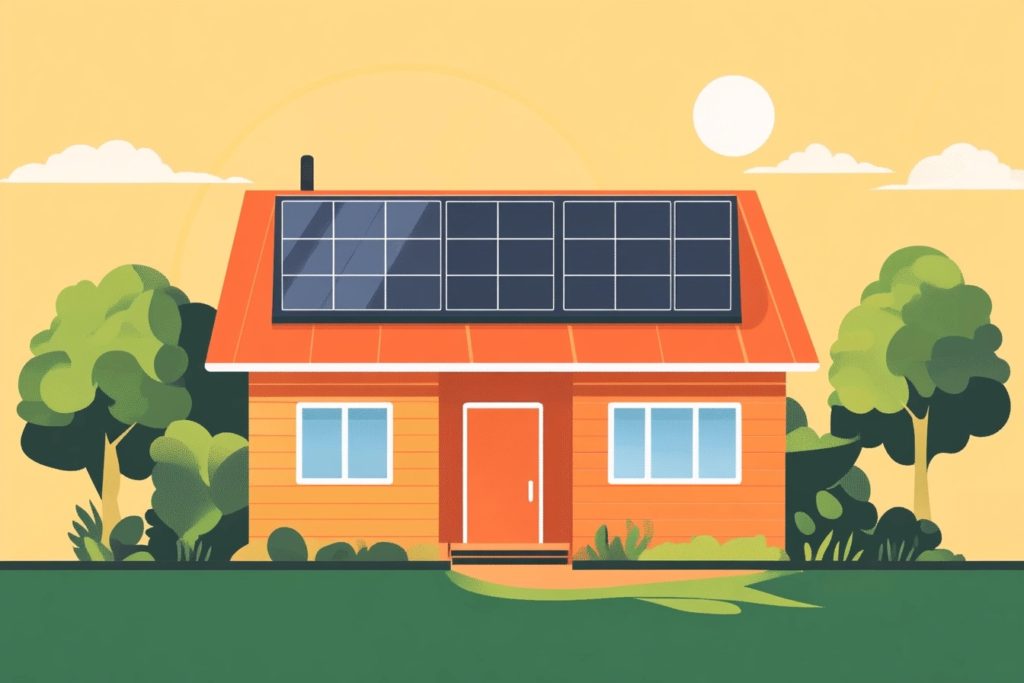
Investing in residential solar panels is an excellent way to reduce your carbon footprint and save on electricity costs. However, the amount of money you can save depends significantly on the number of sun hours your location receives. This blog post will explore how sun hours affect your solar savings and what factors you should consider when evaluating the potential benefits of residential solar.
Understanding Sun Hours
Sun hours, also known as peak sun hours, refer to the amount of sunlight a location receives in a day, measured in hours of maximum solar radiation. One peak sun hour is equivalent to 1,000 watts of solar energy per square meter of solar panel per hour. This metric is crucial because it directly impacts the amount of electricity your solar panels can generate.
Geographic Location
Your geographic location is the primary determinant of the number of sun hours you receive. Areas closer to the equator typically enjoy more consistent and intense sunlight throughout the year, leading to higher solar energy production. For example, southern states in the U.S., such as Arizona and California, receive more sun hours compared to northern states like Washington or New York.
Seasonal Variations
Sun hours can also vary with the seasons. In many regions, the summer months bring longer days and more intense sunlight, leading to higher solar energy production. Conversely, winter months have shorter days and less sunlight, which can reduce the efficiency of your solar panels. Understanding these seasonal variations can help you estimate the annual solar output and potential savings.
Solar Panel Orientation and Tilt
The orientation and tilt of your solar panels can significantly impact the number of effective sun hours they receive. Ideally, solar panels should be installed facing true south in the northern hemisphere (or true north in the southern hemisphere) to maximize sun exposure. The tilt angle should be adjusted according to your latitude to capture the maximum amount of sunlight throughout the year.
Local Climate and Weather Patterns
Local climate and weather patterns also play a crucial role in determining sun hours. Areas with frequent cloudy or rainy days will have reduced sun hours compared to regions with clear, sunny skies. While occasional clouds won’t drastically affect your solar savings, consistently overcast conditions can lead to lower energy production and savings.
Shading and Obstructions
Shading from trees, buildings, or other obstructions can significantly reduce the number of sun hours your solar panels receive. Even partial shading can cause a disproportionate drop in solar panel efficiency. Conducting a thorough shading analysis before installation can help you identify and mitigate potential shading issues to maximize your sun hours and savings.
Calculating Solar Savings
To estimate your solar savings, you need to consider the average number of peak sun hours your location receives and the efficiency of your solar panels. Most solar panels have an efficiency rating that indicates the percentage of sunlight they can convert into electricity. By multiplying the average daily sun hours by the total capacity of your solar system and its efficiency, you can estimate the amount of electricity your system will generate.
For example, if you live in an area that receives an average of 5 peak sun hours per day, and you have a 5 kW solar system with an efficiency of 20%, your daily electricity generation would be:
5 hours/day × 5kW × 0.20 = 5kWh/day
5 hours/day×5 kW×0.20=5 kWh/day
By comparing this figure to your daily electricity consumption, you can estimate your potential savings.
Maximizing Your Solar Savings
To maximize your solar savings, consider the following tips:
- Optimal Installation: Ensure your solar panels are installed at the best orientation and tilt for your location.
- Regular Maintenance: Keep your solar panels clean and free from debris to maintain their efficiency.
- Monitor Shading: Regularly check for new shading from growing trees or new constructions and address any issues promptly.
- Energy Efficiency: Complement your solar system with energy-efficient appliances and habits to reduce overall consumption.
Conclusion
Sun hours play a pivotal role in determining the effectiveness and savings of residential solar systems. By understanding and optimizing factors such as geographic location, seasonal variations, panel orientation, and local climate, you can maximize your solar energy production and achieve significant cost savings. Investing in residential solar is not just about harnessing the power of the sun; it’s about making smart choices to ensure you get the most out of your solar investment.
Embrace the power of solar energy and start your journey toward sustainable living and financial savings today!





